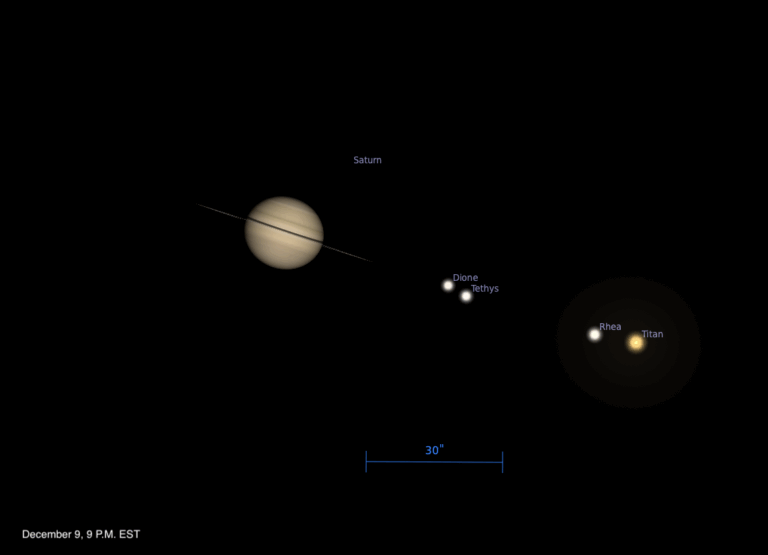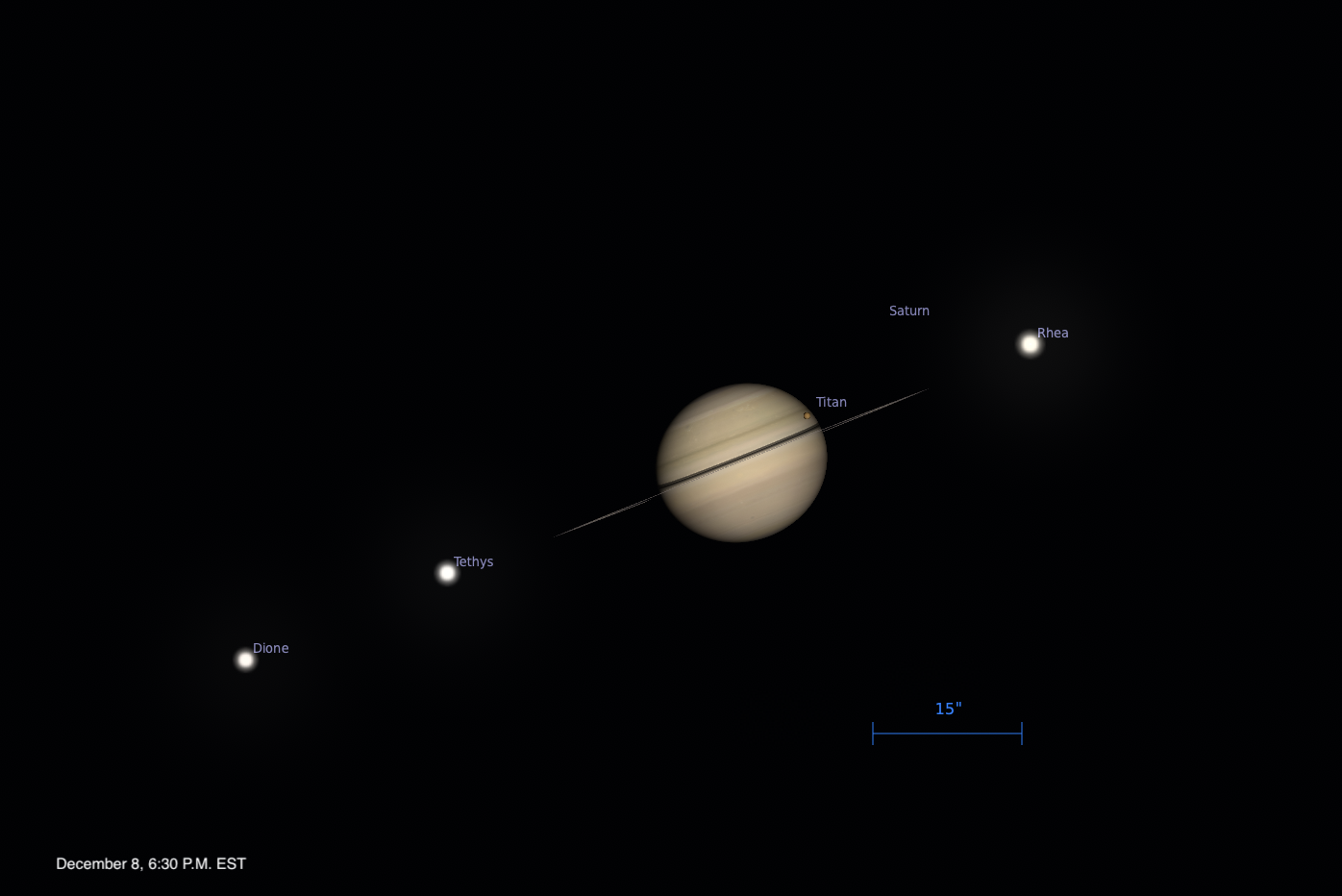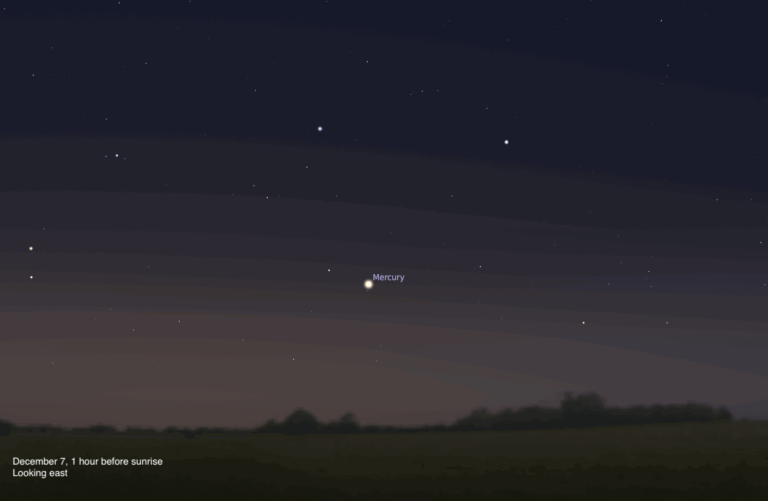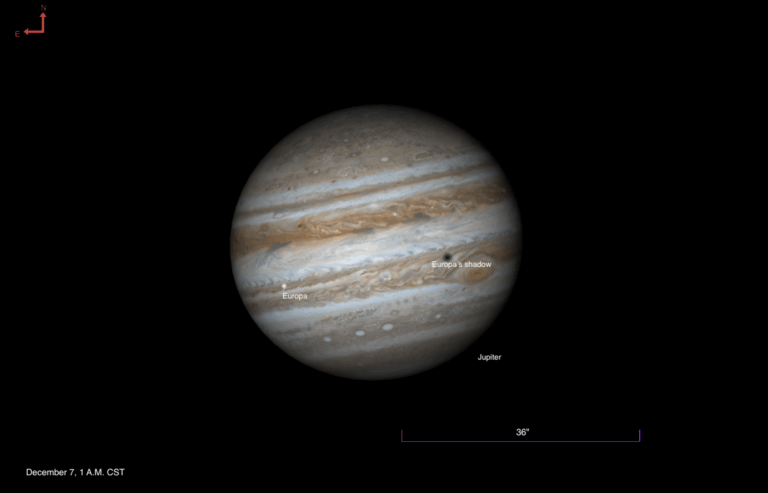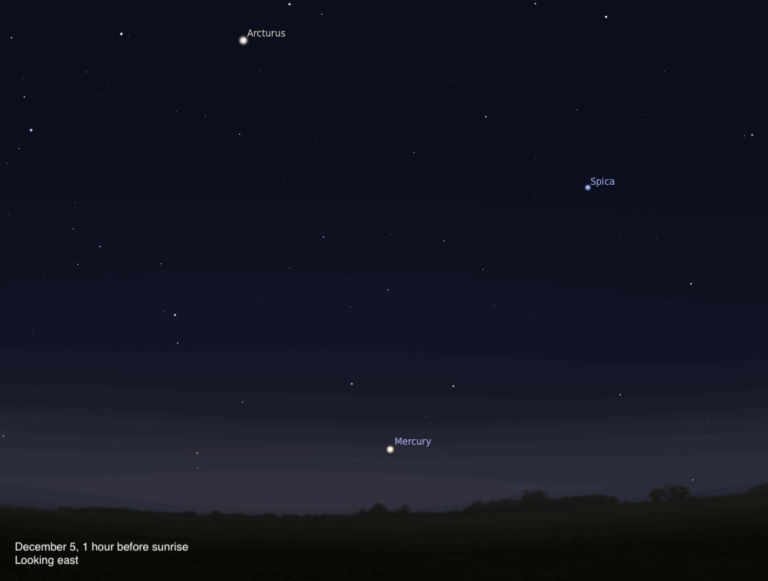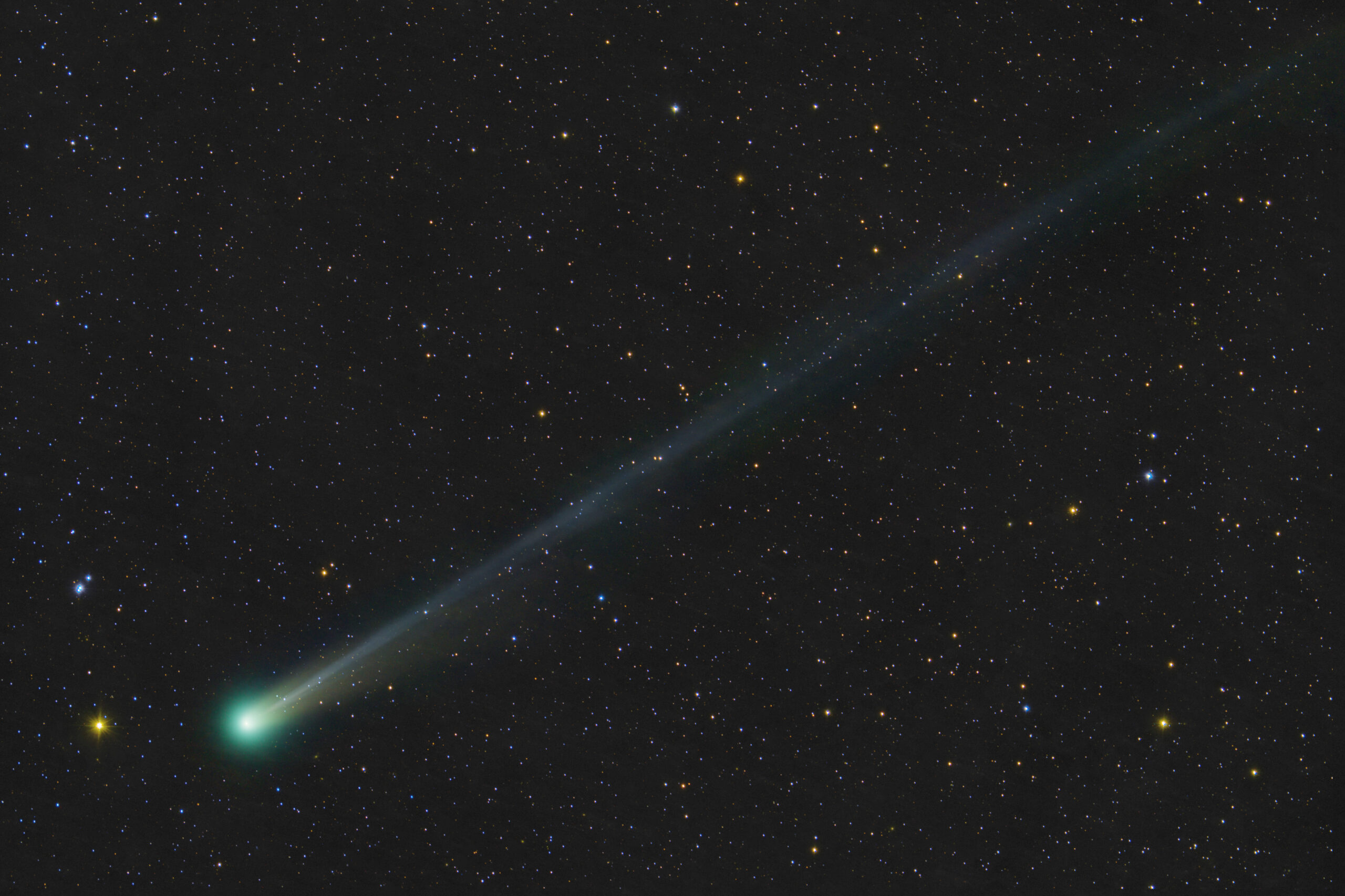
Key Takeaways:
- Comet C/2025 A6 (Lemmon) is currently visible in the predawn eastern sky, initially positioned within the constellation Ursa Major.
- Its perigee, or closest approach to Earth, is scheduled for October 21, at a distance of 28.6 million miles (46 million kilometers), coinciding with a New Moon.
- Optimal observation is advised approximately 90 minutes before local sunrise, with the comet traversing constellations from Ursa Major to Boötes, and projected to be brightest near Rho Boötis on October 21.
- Discovered on January 3, 2025, by the Mount Lemmon Survey, its orbital period will reduce from approximately 1,350 years to 1,150 years after its November 8 perihelion, delaying its next terrestrial visibility until around 3175.
UPDATE Friday, October 17: Looking for the most recent details on observing Comet Lemmon? Check out our updated article here!
If you get up before twilight begins to paint the eastern sky, you might be able to spot Comet C/2025 A6 (Lemmon). It’s currently in the constellation Ursa Major the Great Bear near the 3rd-magnitude star Tania Australis, also known as Mu Ursae Majoris. The comet rises around 1:30 a.m. local time, but you’ll want to let a few hours go by so it can rise higher, which will make it easier to spot.
Comet Lemmon is inbound right now and its closest approach to Earth will occur October 21, which also just so happens to be the date of New Moon. Its minimum distance from Earth will be 28.6 million miles (46 million kilometers).
Unfortunately, as I post this (October 7) there’s a bright Moon in the sky, which makes the task a bit tougher now. And although the Moon is waning, which means less of it is visible each night/morning, its daily eastward motion is also carrying it closer to the comet.
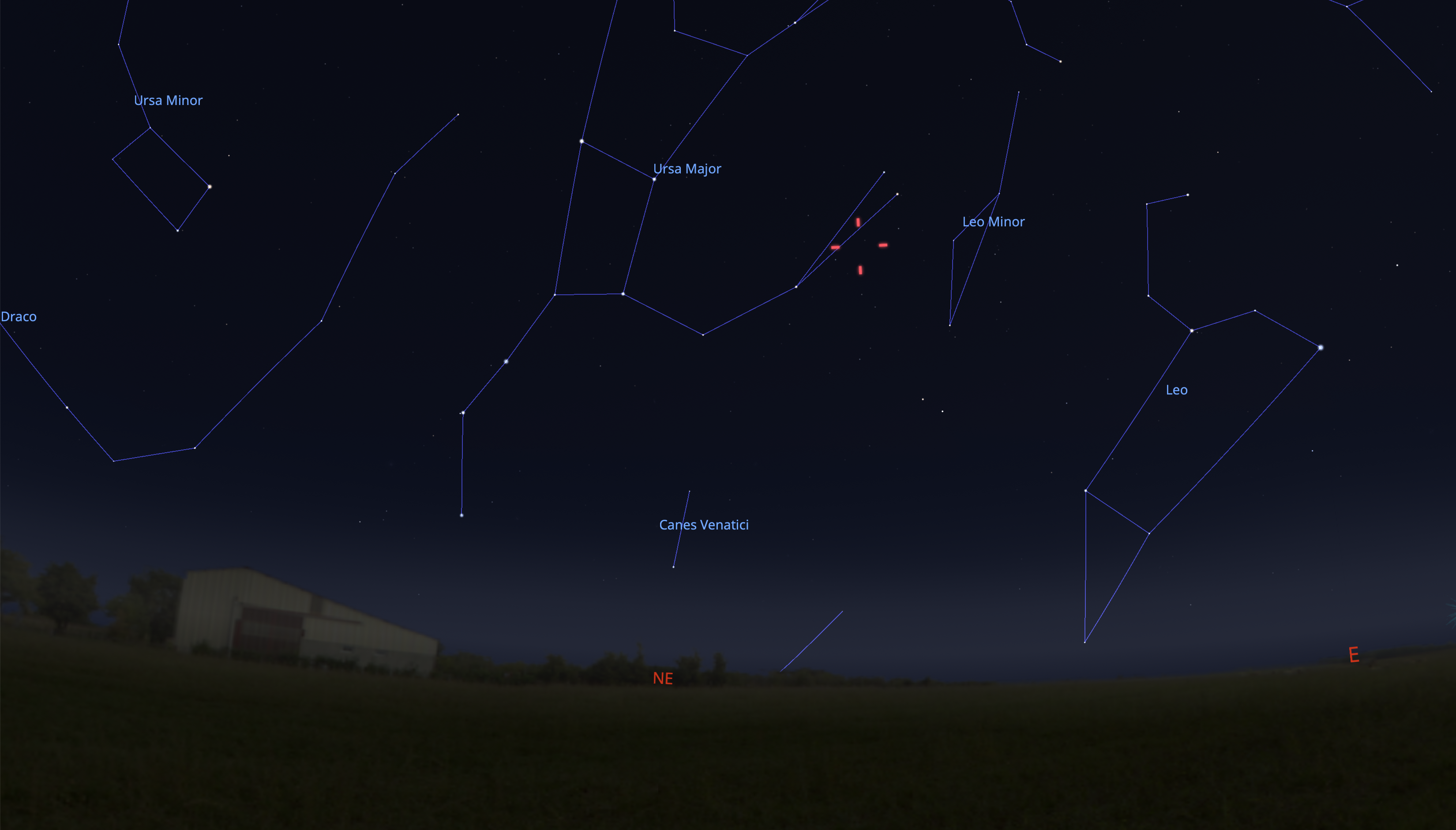
Observe it
First, find the time the Sun rises at your location. A quick Google search for, “When does the Sun rise at [location]” will do it. Then, head out an hour and a half earlier than your sunrise time and face northeast. Use the finder chart here to identify some of the visible stars, and then point binoculars toward the comet’s location and try to see it.
Comet Lemmon will move into the constellation Canes Venatici the Hunting Dogs on the 14th and then into Boötes the Herdsman on the 20th. One day later — at perigee — the comet will lie less than 2° southwest of the magnitude 3.6 star Rho Boötis. Its minimum distance from Earth will be 28.6 million miles (46 million kilometers). Weather permitting, the morning of the 21st will be when Comet Lemmon looks its brightest because that’s when it will be closest to us. But comets sometimes perform erratically, so observe it several days before and several days after perigee, just in case.
If you’re using a telescope to observe it, set your instrument outside about an hour before you plan to use it to let it adjust to the ambient temperature. Start viewing Comet Lemmon with your lowest power eyepiece. Depending on the length of the tail, you might be able to see the whole comet. Then, step by step, increase the magnification and scan the comet’s length for details. Can you see a single tail, or are there two? Are any parts of the tail brighter than others? Does the tail look disconnected at any point? Take your time.
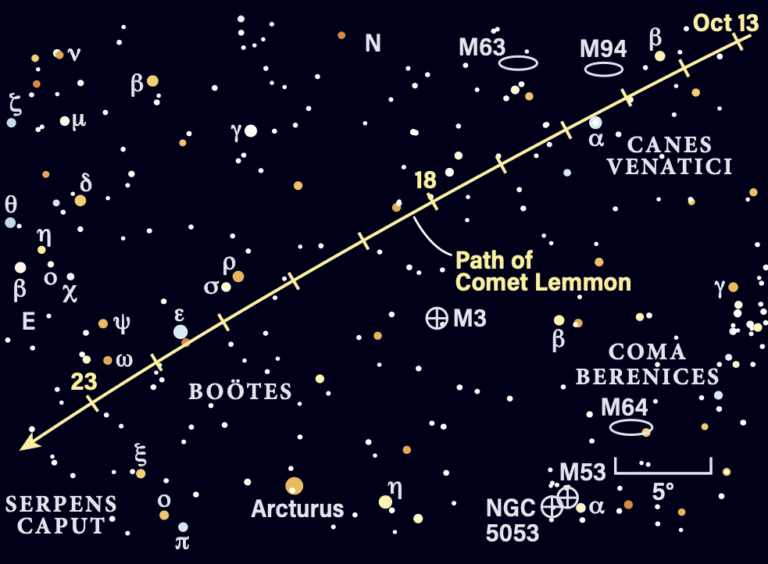
More details
Comet Lemmon was discovered January 3, 2025, as part of the Mount Lemmon Survey, which uses a 60-inch telescope at Mt. Lemmon, Arizona (a scant 15.5 miles north of the author’s home). The camera attached to the telescope’s prime focus captures images that are 5° square.
Interestingly, the comet’s current orbital period is approximately 1,350 years. But after its perihelion passage (its closest approach to the Sun) on November 8, our star’s gravity will reduce that to 1,150 years. So, the next chance for earthbound observers to see this occasional visitor will be around the year 3175.
Don’t wait! Catch it now.


